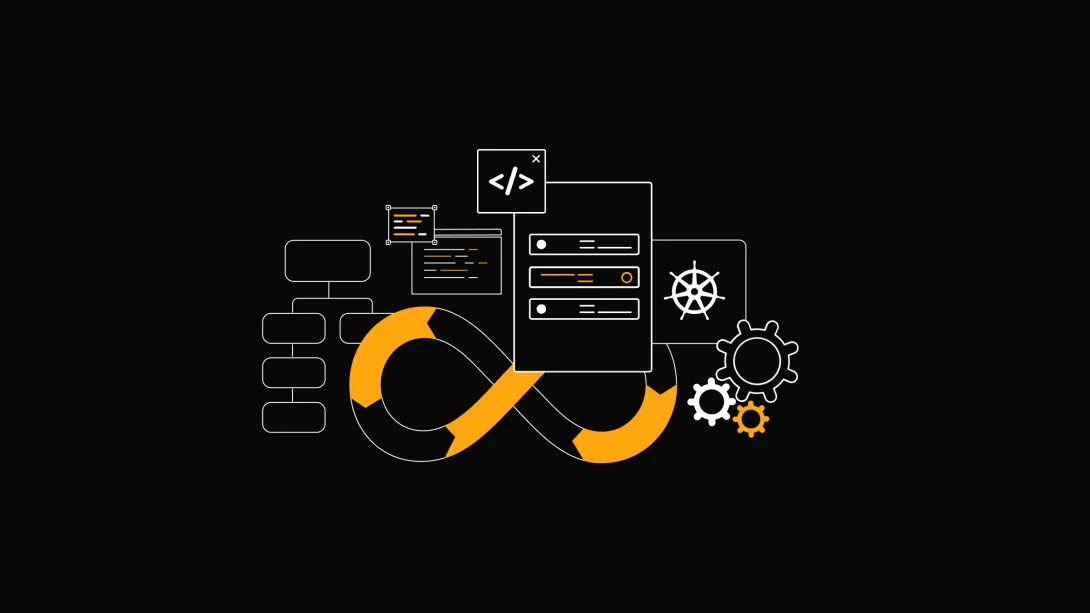Kubernetes Community Days 2025 in Bratislava – An Engineer’s Take
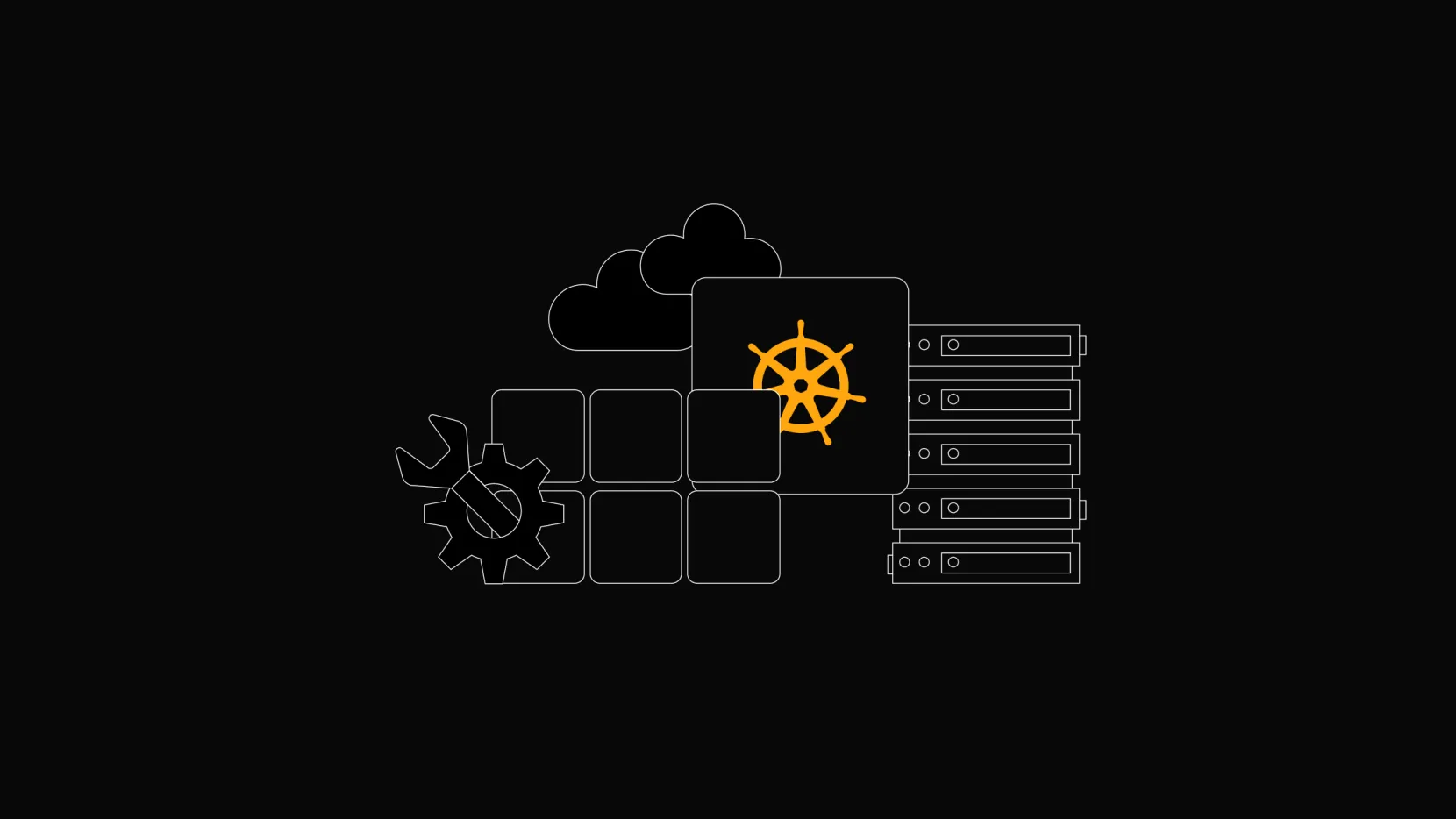
Kubernetes Community Days: A Grassroots Initiative for Cloud-Native Enthusiasts
Kubernetes Community Days (KCDs) - a community for a community event supported by CNCF, aimed at networking Kubernetes enthusiasts from Slovakia, the Czech Republic, and neighbouring countries, as well as developers, DevOps specialists, platform teams, and architects by sharing practical insights on Kubernetes and the wider cloud-native landscape. The recent Czech & Slovak edition was held at FIIT STU in Bratislava on June 5–6 with a program composed of expert presentations, interactive workshops, and a community event over food and drinks. This year, as every other year, was organized entirely by local volunteers with CNCF backing, championing principles of transparency, inclusivity, and cooperation. Through more than 36 technical sessions, hands-on workshops, and brief talks, it evolved into a valuable knowledge-sharing platform for Central Europe.
Implementing Self-Hosted Kubernetes: Insights on Ansible, Rancher, GitOps, and more
An informative session submerged the audience into the depths of managing self-hosted Kubernetes clusters throughout their lifecycle. The presentation contained cluster deployment with Ansible, administration UI with Rancher, and configuration templating using Helm. For the implementation of GitOps principles and workflows, the presenter talked about ArgoCD and Flux alongside Helm charts to ensure the consistency of deployments. Significant focus was on centralising secrets management, integration with external secrets management tools, and PVC for stateful applications. In the next part of the talk, the presentation provided insights into managing ingress traffic by comparing various approaches like NodePort, HostPort, LoadBalancer/Ingress, and the evolving Gateway API, each with its unique usage. Practical demonstrations of cluster observability using tools like Prometheus, Grafana, and Loki - a must-see for those overseeing in-house production clusters.
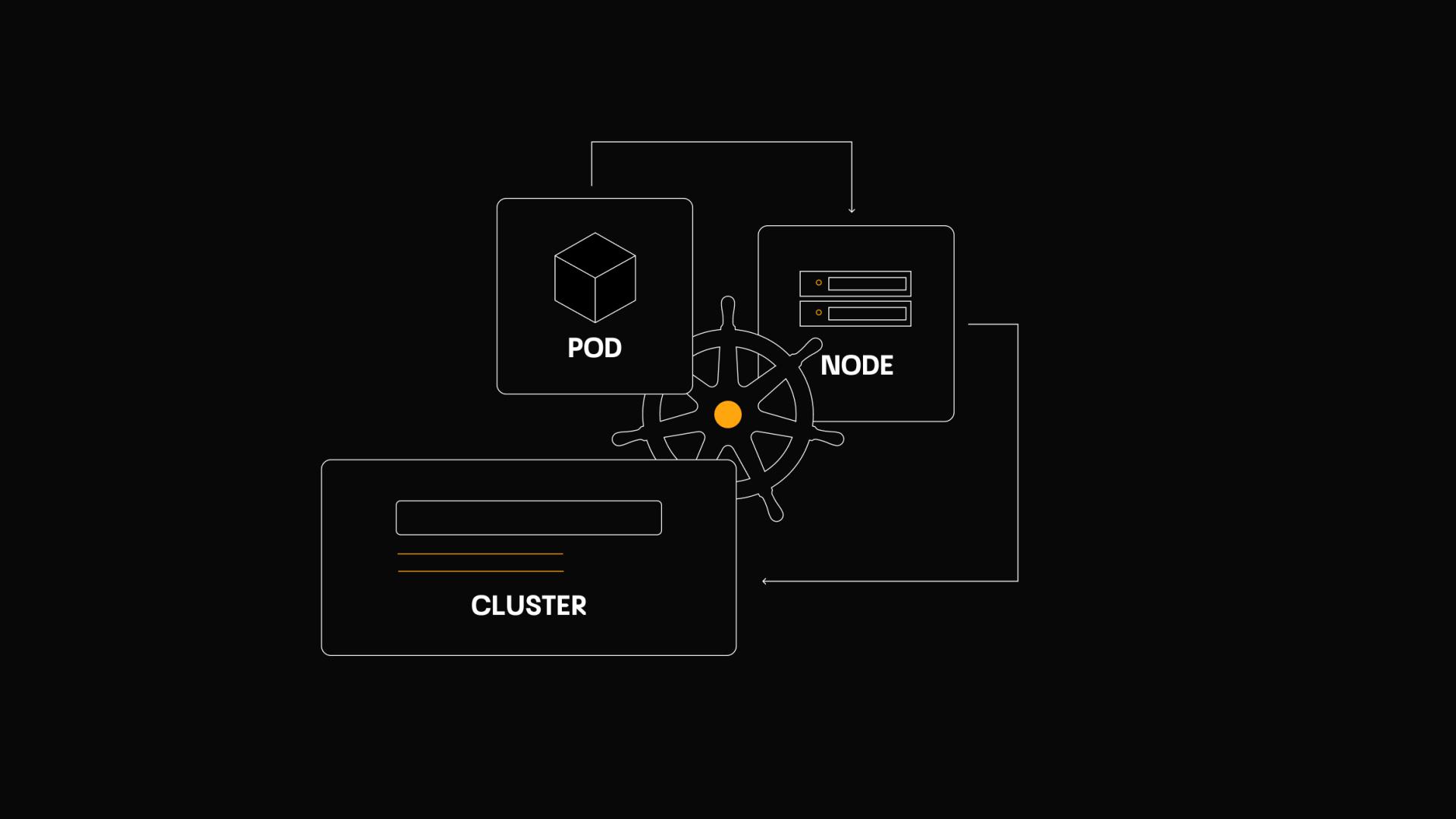
Innovative Software Distribution in Complex Environments
The talk of Glasskube’s team delivered a thought-provoking presentation on challenges in software distribution, focusing on examples like air-gapped networks, on-premises setups, and Bring Your Own Cloud (BYOC). The session highlighted the use cases that not all enterprises prefer or are able to use public cloud services due to compliance, latency, or sovereignty constraints. Glasskube showcased a system for disseminating and updating Kubernetes-native software in disconnected environments through declarative manifests and pull-based synchronization. The team referenced tools from zarg.dev and showed methods for deploying containerized applications in airgapped networks while ensuring traceability and audits. This session resonated with teams in finance, defense, and regulated sectors, offering a modern solution to the enduring challenge of deploying software in constrained environments.
Managing Multi-Tenant Logging Using Fluentd and Logging Operators
One of the usual topics of many talks revolved around observability, with a focus on strategies for scaling Kubernetes logging operations. The talk of logging operator patterns shows how Kubernetes logging can be effectively orchestrated with scaling on the mind. The topic of the presentation showed us the utilization of collectors like Fluentd or rsyslog, with ClusterFlow capturing logs from all namespaces. These logs were filtered, tagged, enriched, and routed to ClusterOutputs such as Loki or Elasticsearch, facilitating distinct multi-tenancy where each tenant or namespace benefits from a tailored logging pipeline. The session underscored aspects like performance optimization, security enhancements through TLS and RBAC, and tactics for handling high-throughput environments. Emphasizing that logs serve as more than just a compliance requirement, the speaker highlighted their critical role as a debugging aid, especially in environments running numerous microservices.
Addressing Performance Challenges in Cloud-Native Systems
For more experienced DevOps engineers, there was a discussion that touched on the issue of performance interference in multi-tenant clusters, specifically focused on the well-known “noisy neighbour” problem. In cloud-native environments, shared CPU and memory resources often lead to performance degradation when a single workload experiences spikes in resource usage. The session introduced CPI (Cycles per Instruction) as a basic metric and demonstrated how identifying the top 5% of pods under heavy load can help distribute load and optimise resource division. Proposed strategies encompassed appropriate resource allocation, workload pinning to specific cores, or isolating “noisy neighbours” in dedicated node pools. Tools like Collector from Unvariance, offered as open-source with minimal resource requirements, were presented for monitoring memory bandwidth efficiency. Advanced insights were provided on cache isolation, frequency scaling, and NUMA zone awareness, all contributing to optimise performance while upholding multi-tenancy standards.
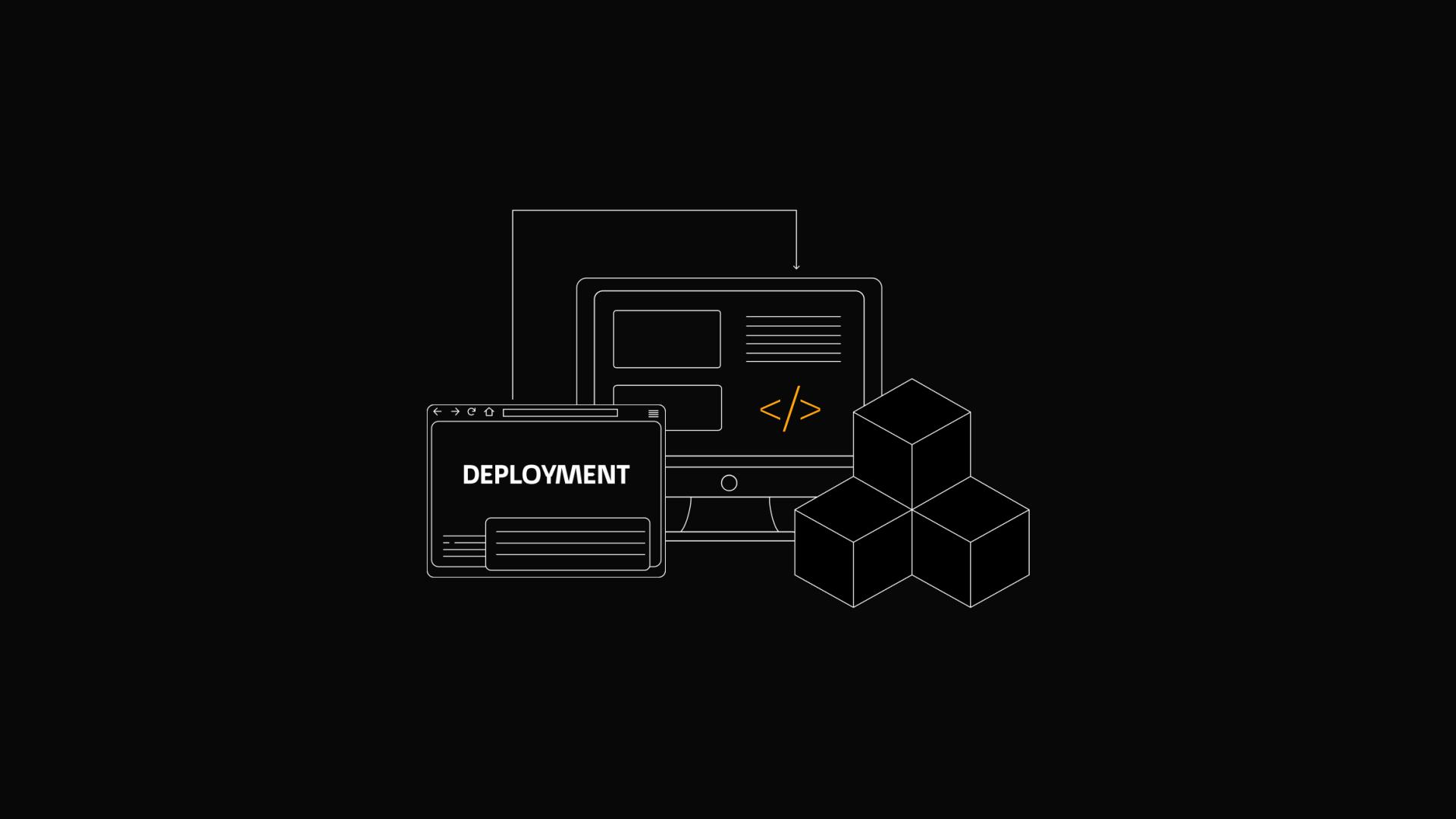
The Symbiosis of Mainframes and Kubernetes: A Unique Narrative
A very interesting presentation by Josie Kazarian titled “Mainframes: Embracing Kubernetes” provided a very inspirational perspective on the convergence of mainframe technology with Kubernetes. The session commenced by demystifying mainframes - robust systems known for their resilience, featuring hot-swappable CPUs, water cooling, and stringent annual downtime SLAs. Contrary to being viewed solely as costly legacy infrastructure, mainframes power a significant portion of global credit card transactions and remain prevalent among Fortune 500 companies. Josie talked about how organizations are transitioning workloads onto mainframes using z/OS container extensions or through comprehensive OpenShift deployments on CoreOS architecture, necessitating customized ISO boot configurations. The rationale behind this integration lies in achieving enhanced performance, compliance adherence, and modernization imperatives. By reframing mainframes as cutting-edge platforms suitable for low-latency critical workloads, especially in sectors like banking and telecommunications, the session shed light on their enduring relevance in the digital era.
CloudNativePG: Optimizing PostgreSQL Management in Kubernetes
A dive into CloudNativePG - a PostgreSQL operator developed by EDB, an Italian PostgreSQL entity — offered very interesting insights into Kubernetes-native administration of Postgres clusters. The operator servers critical features such as automated failover, seamless upgrades with zero or near-zero downtime, backup and recovery capabilities, and efficient connection pooling. Live demonstrations showed us cluster upgrades and switchover events executed without any visible disruption to client operations. One of the main attributes of CloudNativePG is its seamless integration with GitOps workflows, flexible deployment modes (including single, high availability (HA), and multi-zone setups), and adherence to best practices for PostgreSQL management. Ideal for managing stateful workloads in regulated environments where database reliability is paramount alongside the need for agile DevOps practices, CloudNativePG emerged as a compelling solution in the ecosystem.
Enabling Dynamic Scalability with Karpenter and KEDA
The fascinating presentation described how KEDA (Kubernetes Event-driven Autoscaler) and Karpenter (an AWS-supported node autoscaler), collaborated to perfect autoscaling. KEDA improves this process with fine-grained event-triggered management methods like Kafka lag, Prometheus metrics, or HTTP queue depth. The demo during the talk effectively demonstrated how Karpenter quickly spins up new nodes in response to real-time data, like awaiting pods. An example of how pods can scale up via cold starts in advance to accommodate surges and guarantee the best response times. The speaker presented a fascinating and fast approach to creating responsive, cost-effective flexibility by leveraging Helm charts in conjunction with Karpenter and KEDA extensions. This is what makes it perfect for settings that are dependent on event-driven architectures and batch processing workflows.
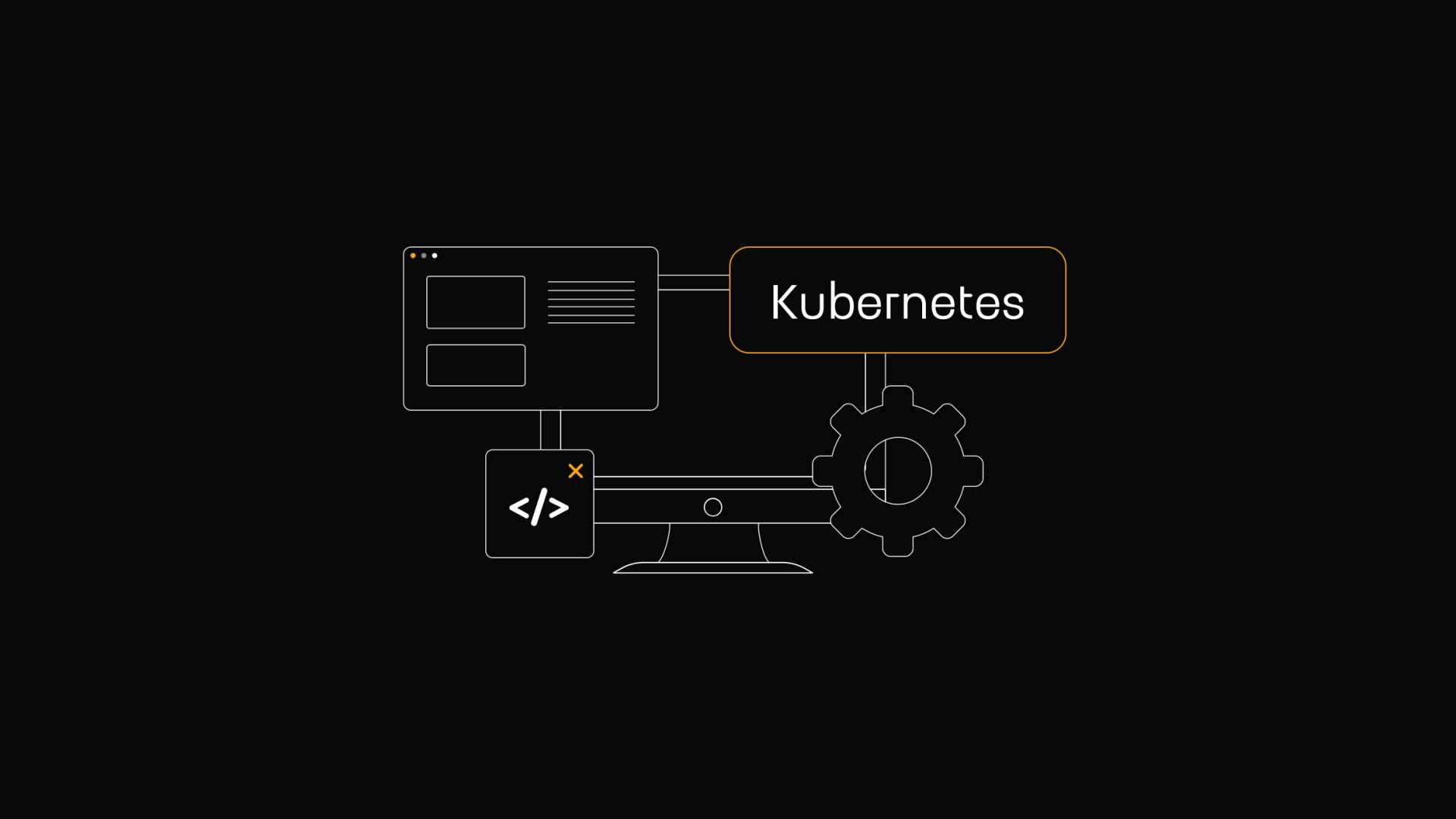
Establishing Kubernetes-as-a-Service with GitOps and Cluster API
The event culminated with a detailed session by DNation.Cloud on constructing Kubernetes-as-a-Service platforms. Their infrastructure, supporting over 700 nodes with plans for scaling up to 1,500 per datacenter, incorporates internal projects like uMetal for bare-metal provisioning, uStack for OpenStack automation, uGarden for tenant-specific Kubernetes deployments, and uView for user interface accessibility. Using ClusterAPI as the base of operation, with Kamaji as the shared control plane across a multi-cluster setup, we utilise Flux and/or ArgoCD to deliver standard cluster lifecycles. A custom Helm add-on provider gives the process uniform service delivery. At the same time, native integration with SCS (Sovereign Cloud Stack) guarantees sovereignty of data compliance by keeping customer data within national boundaries. The combination of GitOps, automation, and independence positions it as one of the most advanced Kubernetes solutions available in Central Europe.
Summary
Summa summarum, this year's KCD 2025 in Bratislava demonstrated that Central Europe is not just a part of Kubernetes users, but a very efficient innovator and contributor in its development and perfection. The discussions during talks highlighted a blend of hands-on experience, a new view of tradition, and innovative exploration. This merge contributed to interesting topics like orchestration on mainframes, implementation of multi-user GitOps automation, or creation of autoscalers from scratch. The main line of all these diverse discussions was passion for the community, the excellent work of volunteers, and a wide range of participants. For example, I met enthusiasts and top engineers from top European or global companies committed to returning to the open source community.
KCD in Bratislava showed an interesting idea this year: The Future of Kubernetes thrives in local, decentralised settings.



